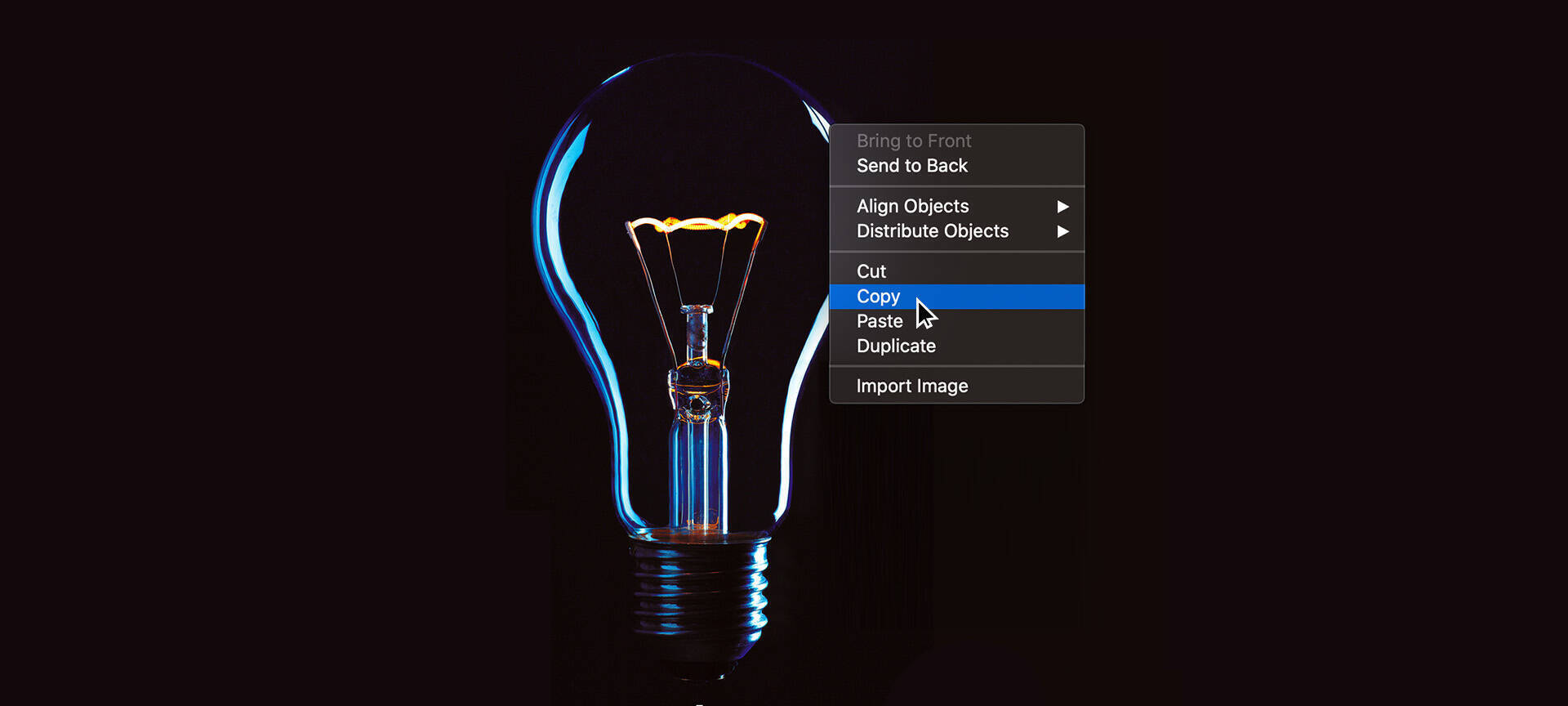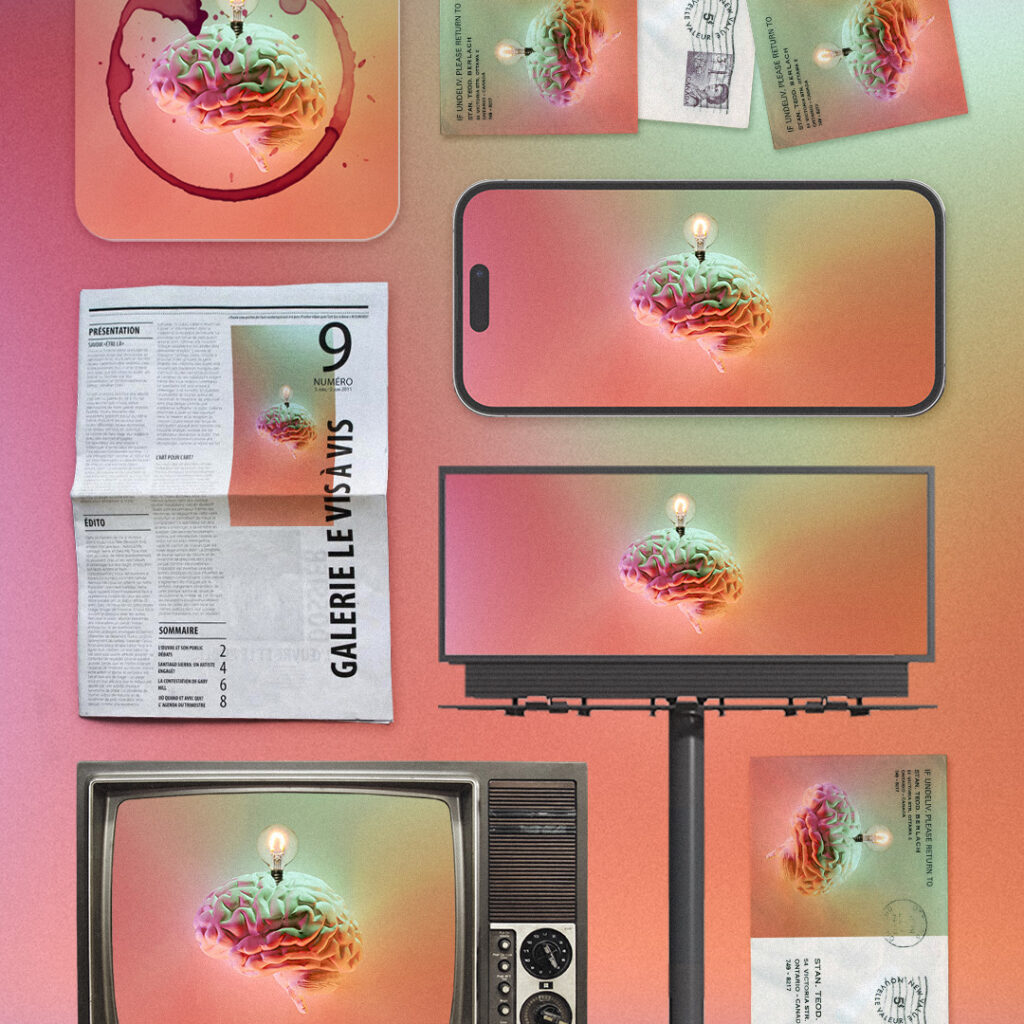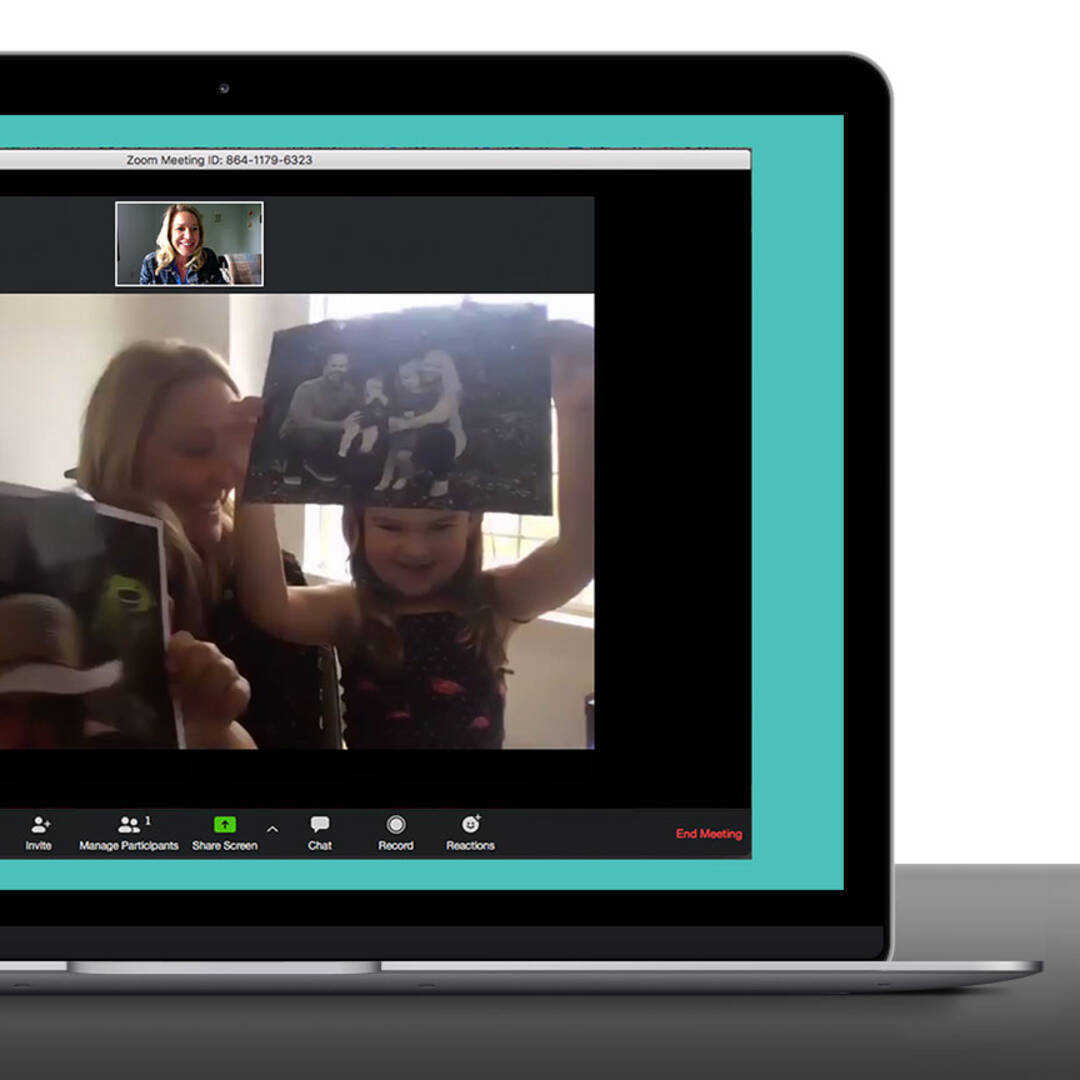In design, the only good ideas are useful ideas.
We’re all capable of having ideas and everyone is a designer in one way or another. That word just means applied problem solving.
Don’t listen to haughty art directors. You, too, can design a solution for everyday people.
Wanna know how?
Ask people what’s wrong.
That’s user research in its simplest form. It’s a valuable tool that everyone has access to and should be a part of projects when feasible.
But what’s the point of research in design?
“Without the understanding of what others see, feel, and experience, design is a pointless task.”
So, how does user research work?
Just so we’re on the same page, let’s break down a formal definition of user research.
IBM’s Global VP of Design, Arin Bhowmick, outlined it nicely:
“User research focuses on understanding user expectations, behaviors, needs, and motivations through methodical, investigative approaches. Insights are then used to ensure that all product design decisions do benefit the user.”
There are research methodologies ranging from generative to evaluative that should be tailored to the context of the situation. Perhaps an interview would be less worthwhile than a usability test, for example
Not sure which to choose? We can help. It’s one of the services we provide …
Bhowmick also mentions a user experience maxim that bears repeating:
You are not your user.
The Interaction Design Foundation further brings home this point with two relevant but poignant problems: deformation professionelle and the Dunning-Kruger effect.
The former is a type of cognitive bias that stops people from seeing the world as others do, instead only viewing things through the lens of their profession. The latter is a bias that gives people the false illusion that they’re an expert in everything because they’re an expert in something, manifesting also in the mindframe that because they can do “something” then everyone else can do that “something.”
Frame those problems in product development.
If someone spends a ton of time specializing in some byzantine product they developed, of course it seems like something that’s easy to use, and therefore solves the end user’s problem. In reality, no one but them knows how to use the damn thing.
What are the outcomes of user research?
To reach desired results, a research plan is important. It will provide a structured approach with defined deliverables targeting a question that needs to be answered.
But keep in mind, there may be findings that resonate later outside that project. Maybe someone makes a quick but unexpected tangent during an interview, revealing friction in their day-to-day life that could spark an entirely new project down the line?
Who knows! That’s the exciting part about research. We come into it not knowing what insights we’ll be leaving with.
For example, in research for an internal messaging campaign for the public transit system in the Boise metro area, Stoltz uncovered insight that was cross-referenced later in a separate project for the client.
To support an internal messaging campaign, we chose to interview bus operators and administrative staff about their daily work and what motivates them to do it, which later enhanced how we spoke about the company overall in external communications, like their website and social media.
Gathering an understanding of who will be benefiting from your work is a no-brainer. Gathering an understanding of how they’ll benefit requires user research, which is like a knife that cuts to the core of a problem, revealing a cross-section of wants, needs, and pain points in your customers’ day-to-day lives.






